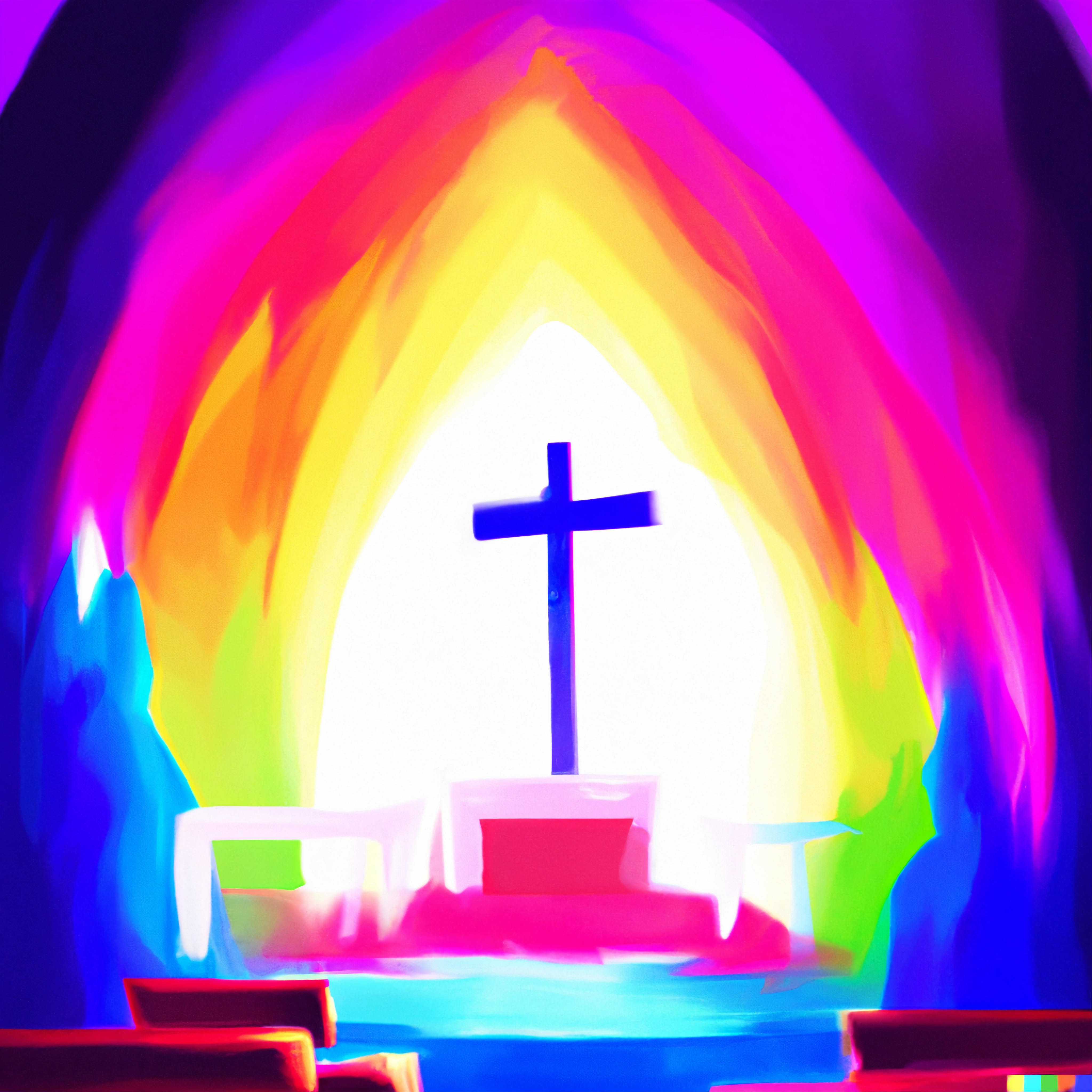Centred Set Community
As we form networks, sodalities and societies we have a choice between bounded and centred models. Sanctum Collective has naturally developed a Centred shape as we inhabit our rhythm of life of Sanctuary, Sacrament, and Connection.
Paul Hiebert in ‘Conversion, Culture and Cognitive Categories’ (1978. Gospel in Context) explores two different approaches to understanding Christian Identity. the first is a 'Bounded Set'
"We would define "Christian" in terms of a set of essential or definitive characteristics ... For example, some define a Christian as a person who believes a specific set of doctrines such as the deity of Christ, the virgin birth, and so on. - Others, convinced that true "belief" is more than a mental argument with a set of statements, look for the evidence of belief in changed lives and behavior. A Christian, then, is one who does not smoke or drink alcohol, and so on."Hiebert contrasts this with 'Centred Set' thinking:
"A Christian would be defined in terms of a center—in terms of who is God. The critical question is, to whom does the person offer his worship and allegiance? This would be judged, in part, by the direction a person faces and moves. - The boundary is there. But there is less stress on maintaining the boundary in order to preserve the existence and purity of the category - There is less need to play boundary games and to institutionally exclude - rather, the focus is on the center and of pointing people to that center."A popular image used to further explore that thinking is that of Sheila Pritchard (Digging Wells or Building Fences – Reality February/March, 1994)
"A visitor to an Australian outback cattle ranch was intrigued by the seemingly endless miles of farming country with no sign of any fences. He asked a local rancher how he kept track of his cattle. The rancher replied, “Oh, that’s no problem. Out here we dig wells instead of building fences."I would suggest that to be a Sacramental Anglican, or an Anglo-Catholic, is inescapably to be defined by wells, a centred set, because we are outside the fences or bounded sets of other communions. It is unfortunate then that when we form networks within Anglicanism the danger is we turn towards bounded sets to affirm identity - these may have strict requirements for liturgical behaviour or belief, and result in exclusionary boundary games.
After all, Sacramental Anglicans are not all centred in the Vatican, they may look towards the Orthodox tradition, the Ancient Churches of Syria and the East, India and Africa. Equally Wesleyanism and Scandinavian Lutheranism have much do offer, as well as our home tradition of the British Church before and after either Rome or the Reformation. Sanctum also finds inspiration in Missional thinking, Alternative Worship, Emergent Church and Charismatic renewal.
As we navigate these diverse influences we seek to do so without setting exclusionary boundaries. We are particularly mindful of not appropriating another traditions liturgy or spirituality, whilst being attentive of our own contexts of parish, cathedral, chaplaincy, etc. Bounded sets with particular requirements may bring an individual member into conflict with that context, damaging them, others, and their ministry. A centred model hopefully brings flexibility in acknowledging a shared focus without forcing exclusion, rather the benefit of our connection worked out in the place God has called us be.


